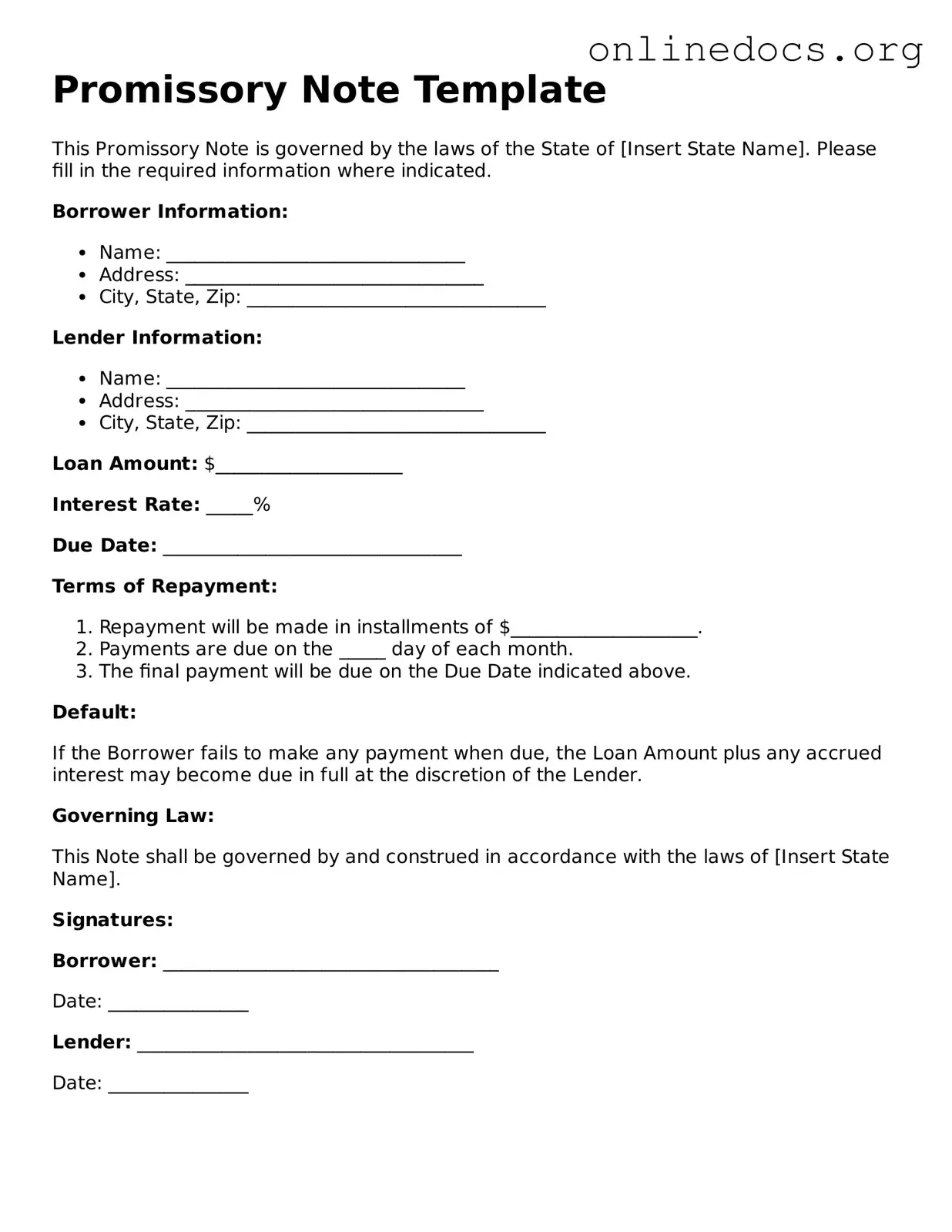A loan agreement is a document that outlines the terms of a loan between a borrower and a lender. Like a promissory note, it specifies the amount borrowed, the interest rate, and the repayment schedule. However, a loan agreement often includes additional details such as collateral requirements and the consequences of default. This document provides a more comprehensive framework for the lending relationship, ensuring both parties understand their rights and obligations.
A mortgage is another document similar to a promissory note, but it specifically pertains to real estate transactions. In a mortgage, the borrower agrees to repay the loan used to purchase property, while the lender holds a lien on the property as security. While a promissory note focuses on the borrower's promise to pay, a mortgage emphasizes the legal claim the lender has on the property in case of default.
To ensure clarity and understanding among employees regarding workplace expectations, having an Employee Handbook is essential; it not only provides guidance on company policies but also emphasizes the significance of all employment-related documents. For those looking to create or refine such resources, legalformspdf.com offers a wealth of information that can help in drafting a comprehensive handbook tailored to specific company needs.
A personal guarantee is a document where an individual agrees to be responsible for the debt of a business or another person. Similar to a promissory note, it serves as a commitment to repay a debt. However, it differs in that it often involves a third party who is not the primary borrower. This document provides additional security for lenders, as it holds the guarantor personally liable if the primary borrower fails to fulfill their obligations.
An IOU, or "I owe you," is a simple acknowledgment of a debt. It is less formal than a promissory note and may not include detailed terms like interest rates or repayment schedules. While both documents signify a debt, an IOU is often used for smaller, informal loans between friends or family. Its simplicity makes it accessible, but it lacks the legal enforceability typically found in a promissory note.
A lease agreement shares similarities with a promissory note in that it outlines a payment obligation. In a lease, a tenant agrees to pay rent to a landlord for the use of property over a specified period. While a promissory note focuses on a loan repayment, a lease agreement emphasizes the rental terms and conditions. Both documents serve to protect the interests of the parties involved by clearly stating the expectations regarding payments.
A credit agreement is another relevant document that defines the terms of borrowing. It is often used by businesses to secure lines of credit. Like a promissory note, it details the amount borrowed and repayment terms. However, credit agreements can be more complex, including provisions for fees, covenants, and other conditions that govern the borrowing relationship. This document provides a broader context for the financial arrangement, often involving multiple transactions over time.
A bond is a formal contract to repay borrowed money at a fixed interest rate over a specified period. Similar to a promissory note, a bond represents a promise to pay. However, bonds are typically issued by corporations or governments and can be sold to investors. This makes them distinct from promissory notes, which are usually personal agreements. Bonds often come with additional features, such as callable options or conversion rights, adding layers of complexity to the agreement.
